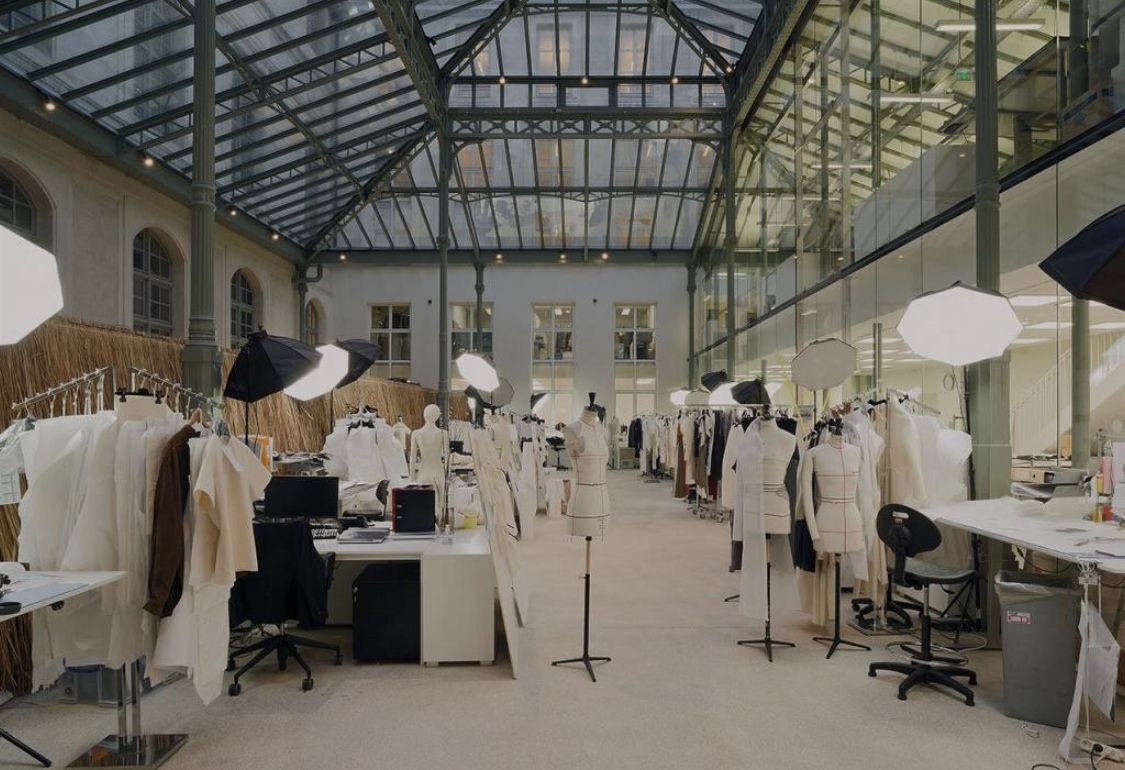From Promise to Pressure: What’s Next for Sustainable Fashion?
The mood in Copenhagen this year was not one of celebration.
The Global Fashion Summit was once a hub of bold climate commitments and brand-backed optimism, the energy has shifted. Fewer executives, quieter panels, more questions than answers. The reality: fashion's sustainability movement is under strain.
The Political Whiplash
This year brought a cascade of regulatory reversals. In Europe, climate laws are being softened under the banner of business competitiveness. In the U.S., the current administration has unraveled international commitments, slashed funding for environmental initiatives, and thrown global trade into disarray. The collective effect: instability, uncertainty, and stalled momentum.
Beyond the Green Gloss
For years, sustainability has been woven into brand messaging as a symbol of modern responsibility. But without policy to back ambition, many of these efforts are proving brittle. As margins tighten, so too does commitment: lower-impact materials are being swapped out, and once-robust programs are being pared back.
Holding the Line
What remains? For now, legacy initiatives stay afloat. Brands are maintaining the structures already in place, but few are introducing new ones. For now it's a pause, not a pivot. Still, this moment raises a pressing question: who will lead when the incentives disappear?
The Call to Courage
Industry veterans like Eileen Fisher are calling for renewed resolve. The message is clear: don’t wait for perfect conditions. Collaboration, advocacy, and sustained pressure on policymakers are needed now more than ever. Not because it’s easy. But because the alternative is complacency.
Nature Won't Wait
Meanwhile, climate disruption accelerates. Wildfires, floods, and heatwaves are no longer abstract. They threaten supply chains, retail rhythms, and the raw materials our industry depends on. If the cost of action feels high, the cost of delay will be higher still.
Sustainability Starts with Proximity
At Form Department, we see proximity as a powerful sustainability tool. Manufacturing in the U.S. isn't just a logistical decision, it's an ethical one. Close relationships with vendors and manufacturers create a foundation of trust, transparency, and responsiveness. When you're in the same time zone—or even better, the same room—you gain visibility into every step of the process.
That means fewer assumptions, better communication, and faster iteration. It also means you can verify practices firsthand and ensure your product lives up to your values. In a moment where distant supply chains are under strain, being close to your product is a necessity. We work with founders ready to build with intention, not just when it's trending.
Want to build a more resilient brand? Let's talk about sustainability that holds up in your materials, your processes, and your values.






